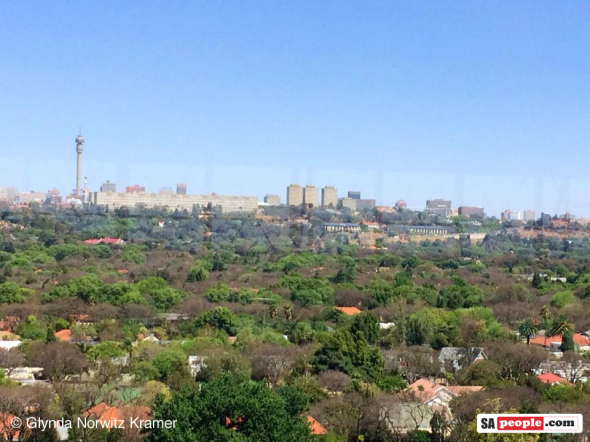
The City of Possibility gets its Due
A strange thing has been happening to Johannesburg lately – people are noticing it. While the rest of the world, especially glossy magazines and TV lifestyle programs, have been focusing on Cape Town, Johannesburg has slowly been getting on with business. The latest to pay attention is Good Magazine, an American quarterly brought out by […]

A strange thing has been happening to Johannesburg lately – people are noticing it. While the rest of the world, especially glossy magazines and TV lifestyle programs, have been focusing on Cape Town, Johannesburg has slowly been getting on with business.
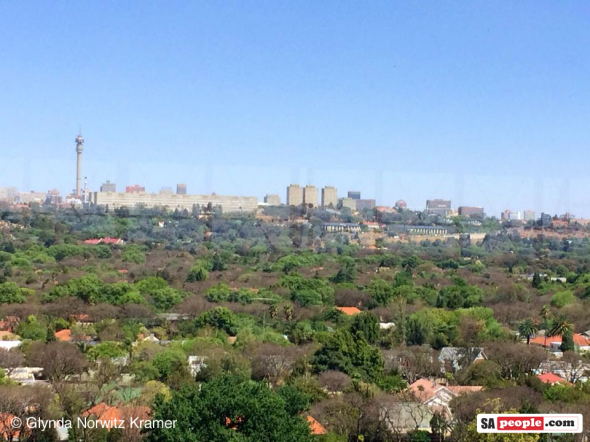
The latest to pay attention is Good Magazine, an American quarterly brought out by Good Worldwide, a company that, in its own words, tries to “convene, connect, and empower all of us who give a damn.” In its second annual Good City Index, which lists its top 50 cities in the world, it has named Johannesburg No. 2.
The magazine describes the index as a celebration of the cities around the world that best capture the elusive quality of possibility, the pervading sense that although a place may be far from perfect, its citizens are taking a bold stake in its future through a mixture of creativity, hustle, and civic engagement.

And Joburg, it says unapologetically, is anything but perfect. As proof it lists, among other things, systemic problems like crime, poverty, “dubious political spending,” and a lack of infrastructure and proper sanitation, among other things.
“But the city is good at finding new, sometimes unorthodox, ways to fix itself, like freeing owls to hunt rats in the townships and starting a youth photography skills development program named ‘Iwasshot in Joburg :)’,” it says.
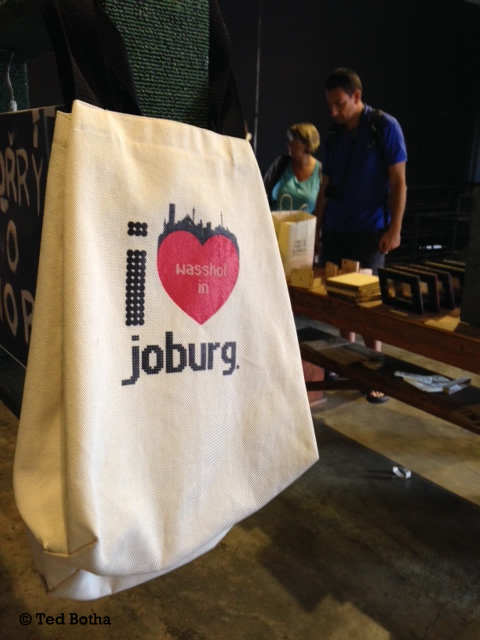
In its assessment of the world’s metropolises, the Good Index takes into account things that other media which are obsessed with the beautiful sunset and the perfect café might not – which isn’t to say Joburg doesn’t have plenty of both – but that the Index looks rather at quirks, contradictions and surprises, but most of all at inspiration.
And inspiration could come from anything, whether it’s the Umbrella Movement in Hong Kong (the No. 1 city this year) or the streetlight project in Kibera slum in Nairobi (No. 5).
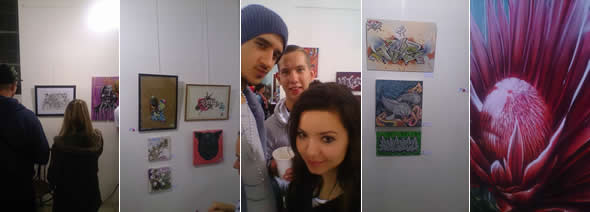
Cities are judged, for instance, on their “tiny, unsexy” improvements to civic life, their street life, their ability to flourish during crises, being in sync with the natural world and welcoming people of different background ethnicities and religions. To see how varied the list is, and how wide its considerations, only consider that it included New Delhi, Melbourne, Detroit, Berlin and Dhaka, Bangladesh.
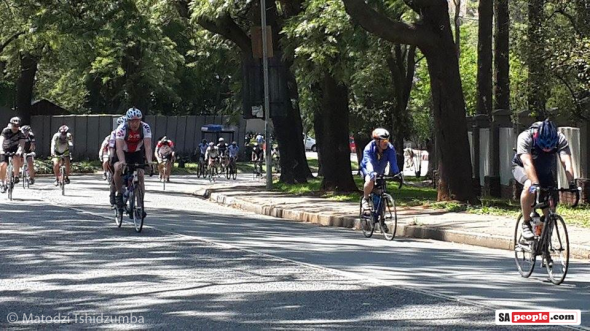
Cape Town came in at 25, and three other African cities – Maputo, Addis Ababa and Kampala – made it into the top 50.
The writer of an accompanying article, Sylvia McKeown, focused on several areas in Johannesburg (including Braamfontein, Newtown and Maboneng) as well as changes to make Soweto greener and more bicycle-friendly.
The magazine called Braamfontein “a breeding ground of creativity and innovation packed full of galleries, artist spaces, bars, and startups focused on making meaningful connections with the man on the street.” This year the area, which skirts downtown, played host to events like Social Media Week, British Council Connect ZA, Puma Social Club, and the Johannesburg Dance Umbrella.
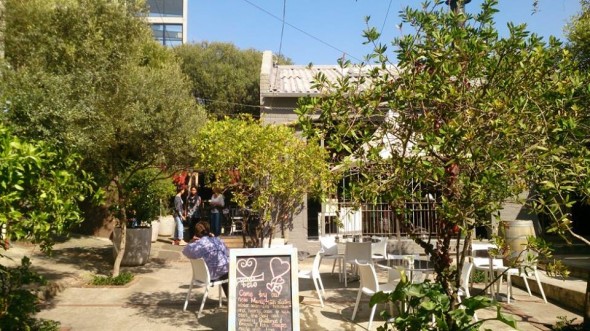
Newtown, meanwhile, was mentioned for the Newtown Junction, opened in September, the biggest development of its kind downtown since the Carlton Centre in the 1970s.
The urban renewal of the area has been on the cards for 13 years, and the center marks the end of its first major phase, bringing the western edge of the city a mixed-use space with retail outlets, offices, a gym and a gallery promoting the development of local artists. The developers worked with the heritage community to incorporate the area’s history into its structures.
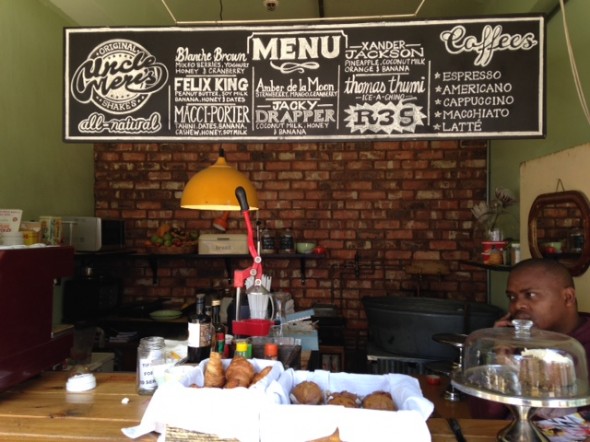
Almost at the same time, a 5-km bicycle track and sidewalk (yes, a sidewalk, which might seem odd to those of us who thought every metropolis had sidewalks) went up in Orlando, giving residents a safer route to 12 schools, two clinics, a police station, several churches, and the World Cup soccer stadium.
Eventually the off-road route is meant to span 120 kilometres connecting many parts of the city, including Orange Farm, Ivory Park and Soweto.

The last, but by no means least, quirky surprise the City Index mentions is the famous (or infamous) Ponte Tower on the eastern fringe of downtown. There Dlala Nje – which means “just play” in Zulu – is rising at the base of the iconic building. Dlala calls itself a place to congregate, learn, develop and debate, and encourages children from three of the city’s most insular and impoverished areas – Hillbrow, Berea and the West African immigrant community of Yeoville – to come together.
A games-and-culture emporium aims to change negative perceptions about this part of the inner city. The project has grown to include recycling initiatives, charity drives, free Internet for school projects and several different cultural programs, all partially funded through the center’s walking tours, which provide locals and the vast immigrant communities a chance to interact and integrate with one another’s culture.
Time, it seems, to take a walk through Johannesburg again.
Check out Youth Street Art in Jozi here.
[wpbrad id=62]
